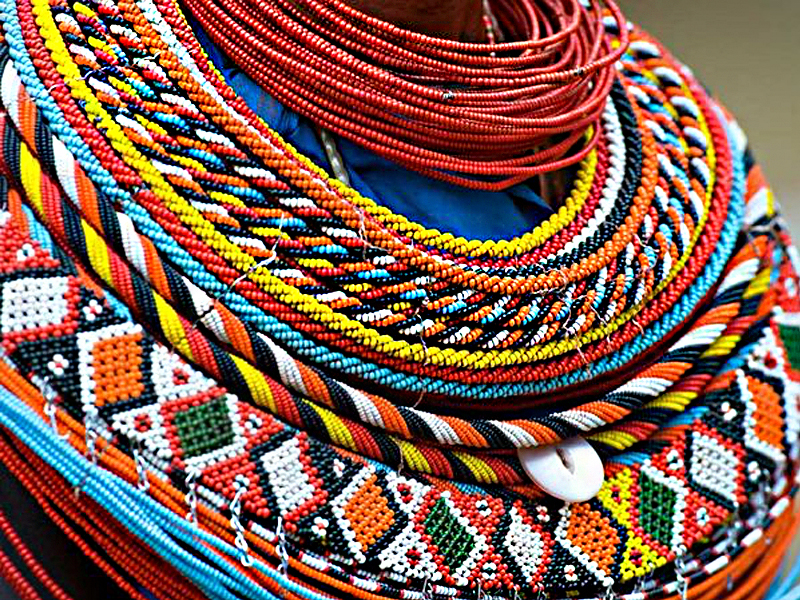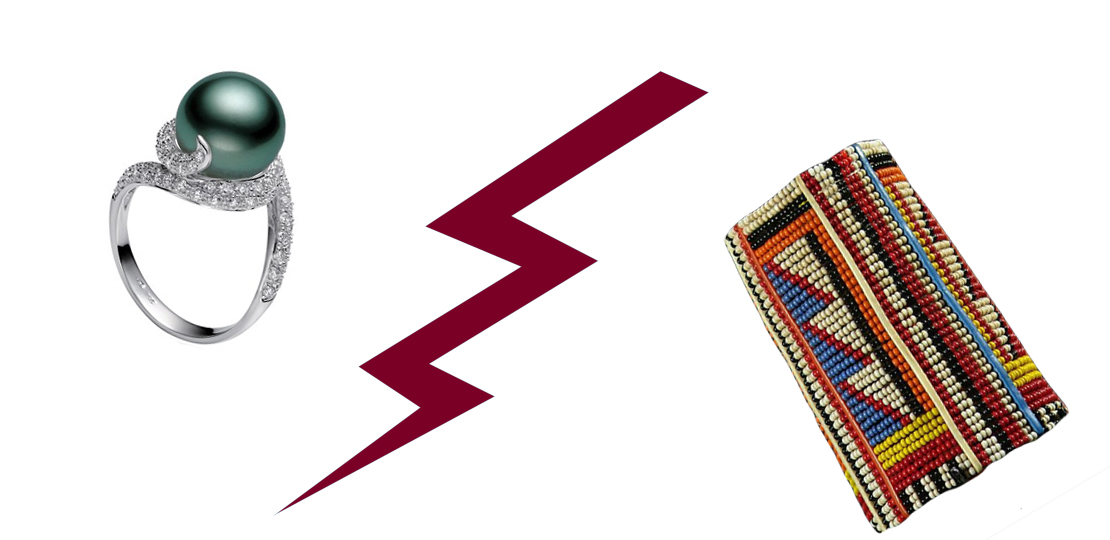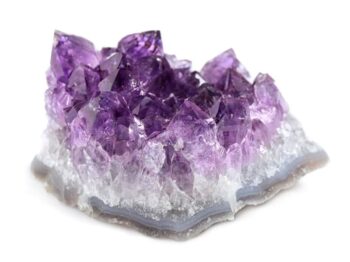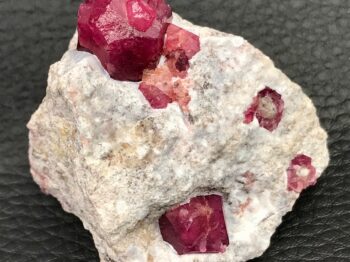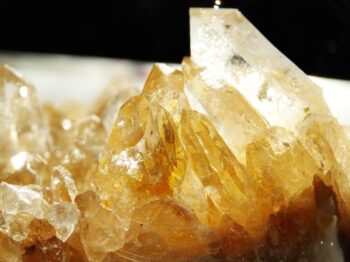If the pearl is considered today by the younger generations as obsolete, it nevertheless remains a trend as ancestral as it is cultural in some countries. Pearls are the trend of the moment and have rarely been used so much. Although radically different, two peoples today depend on the pearl trade. While one lives in the Pacific surrounded by marine animals, the other lives in a Tanzanian village on top of a mountain surrounded by big cats.
French Polynesia represents about 270’000 people living in the middle of the Pacific. This overseas community composed of 5 archipelagos is mainly based on the culture of black pearl, coconut and vanilla plantations.
The black pearls are actually grey pearls with various intensities of colors ranging from turquoise or green through eggplant. The most beautiful are harvested in the Gambier archipelago at Robert Wan’s – one of the only pearl farmers to have made his place in jewelry. Although its scientific name is the Pinctada Margarifitera, the formation of the pearl is a natural phenomenon helped by the hand of man and whose result is more than two years waiting!
To make it simple, all you have to do is cut a 0.8 cm log taken from a freshwater mussel from the Mississippi River called a nucleus and which is then inserted into the muscle of the oyster (pearl bag) with a piece of mother-of-pearl taken from inside it (graft). It is the nucleus that will determine the color of the pearl. The pearl is then formed in a protected place called virgin spat which is then cultured in water for almost 18 months. The harvest is then done only after a thermal shock in the water and 30 to 60 days are necessary to see a possible rejection of the nucleus by the oyster. It is important to know that an oyster can be grafted up to 4 times of a nucleus of the diameter of the harvested pearl. The large pearls (> 11 mm) come from the last grafts. Only 5 to 10% of the pearls are considered as perfect fulfilling the criteria of the five S’s: Shape, Shine, Shade, Size and Surface. An equivalent of the 4Cs for the diamonds defining its pedigree. Once sorted, polished and calibrated, the most beautiful pearls are destined for export. Their prices vary from tens to tens of thousands of euros.
Anecdote: The black pearls used in the jewelry collections of Japanese designer Mikimoto come from Robert Wan’s pearl farms.
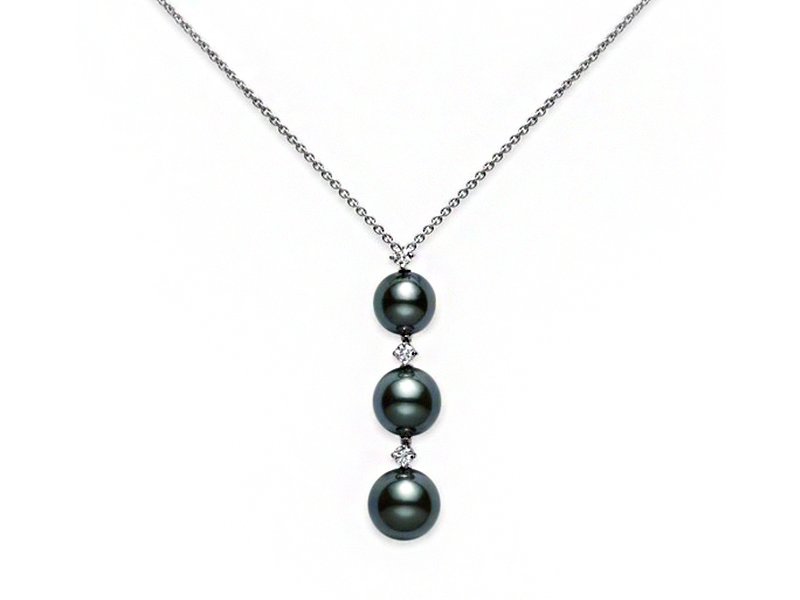
The Maasai people include nearly 1.2 million people living as tribesmen in villages between Tanzania and Kenya. True to their cultural traditions, the Maasai take part in the economic and tourist forces of the region by working in hunting and safari camps for men or making glass bead jewelry for women. This is how Maasai women have found their independence in recent years.
It is important to know that if the Maasai man is a hunter, warrior, semi-nomadic, cattle breeder and polygamist, it is the woman who is the head of the household. She owns her own house, raises the children and is busy making jewelry and beadwork that she sells to tourists. Far from being a simple hobby, it is a more than lucrative activity. The Maasai woman goes to buy her beads at the market or asks her favorite lover to sell an ox so that she can buy herself beads. She travels to attend pearl seminars and has to keep up with the latest fashions! At each cycle, her color taking into account supply and demand, her prices are not ev (between 15 and 150 Euros per piece).
Maasai beads are simple glass beads strung on wires. You can recognize the Maasai necklaces by the shape of their collar that is hung around the neck, like a giant donut that highlights the face of women and their shaved head … like a lioness. Whatever their shape, each jewel has a dominant color enhanced by bright tones to keep wild animals away. Considered beyond the jewel, it is a body ornament that women use as a tool of seduction. Rhythmed by traditional songs and dances, the Maasai woman moves her jewelry with a movement of her shoulders while undulating her neck and upper body to attract the gaze of her conquest. A jewelry ode … only to please her.
